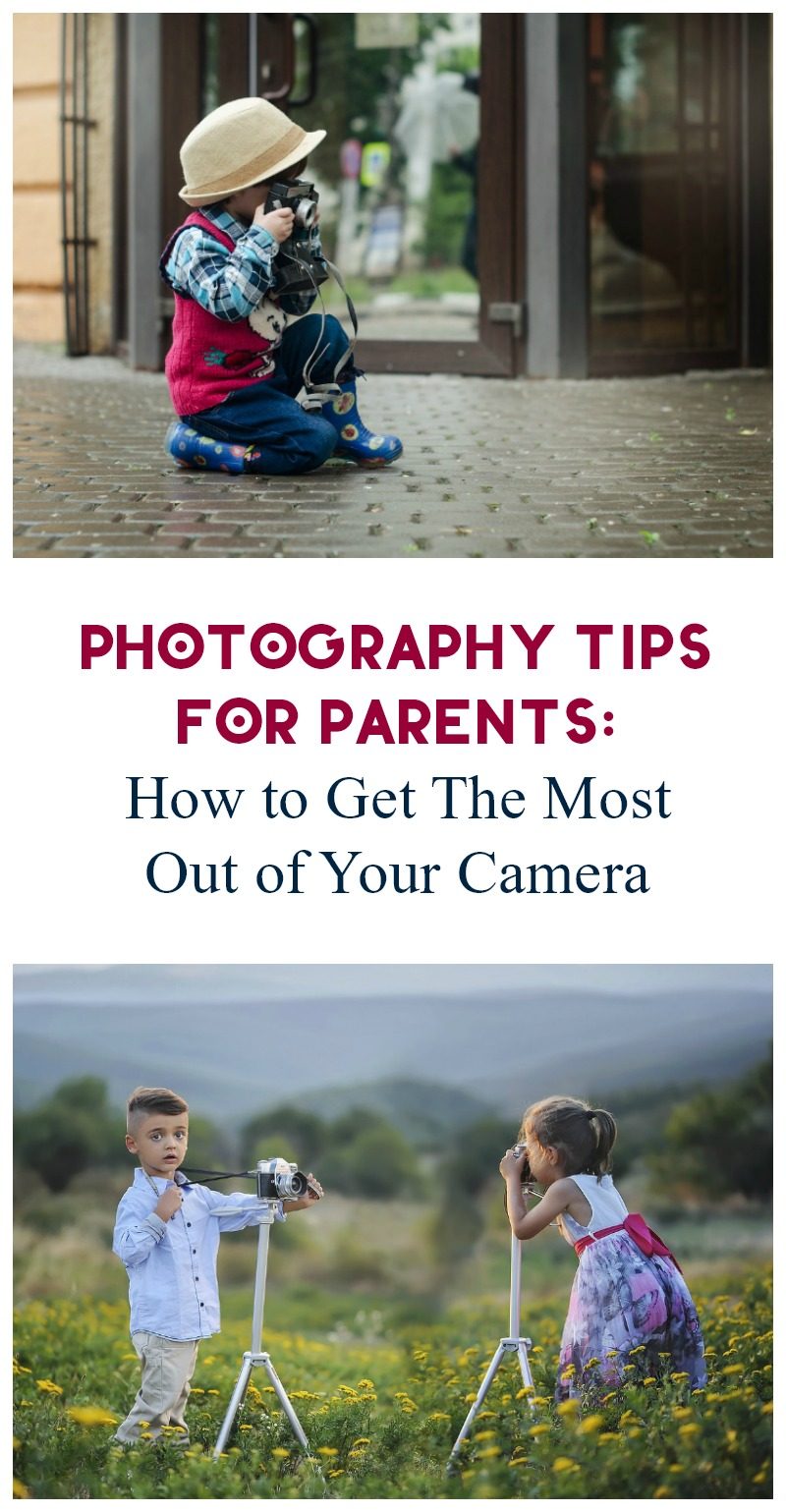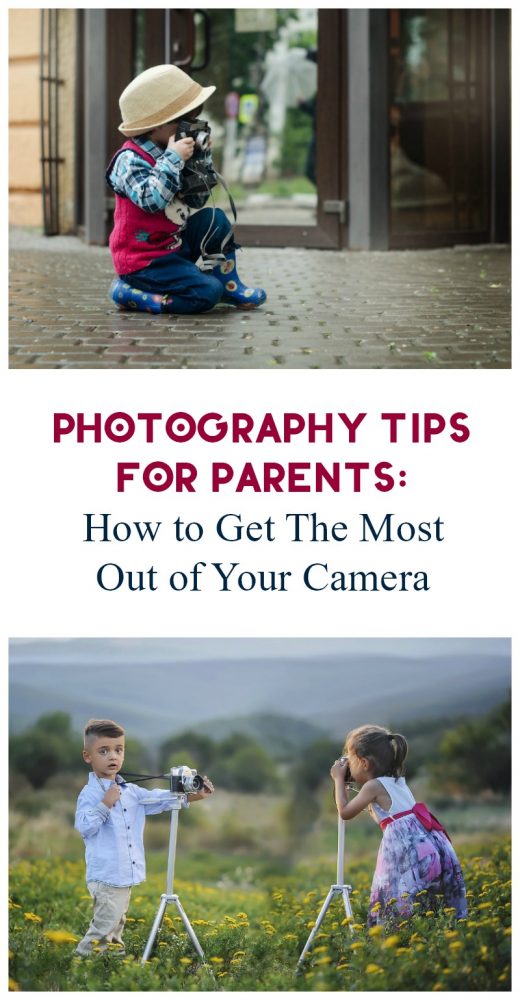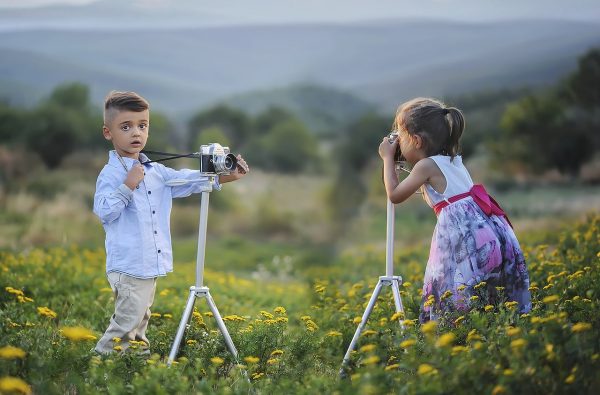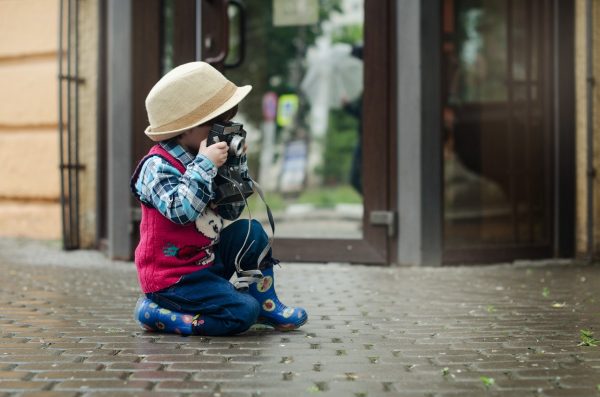As the wife of a former Navy journalist and the granddaughter of a photographer, you’d think that I’d have some sort of innate edge when it comes to learning how to take good pictures. Sadly, I do not. I’ve had a DSLR for years now and I still shoot on auto mode most of the time. My husband did try to teach me how to use different functions, but since he’s a pro he talks like a pro! I don’t understand half of what he says! I’ve also taken courses, but again, they seem to go right over my head.
Fortunately, Alex of PhotographyTalk is here to break it all down in a way we can all actually grasp! I love how he uses plain language and goes over the most important tips for getting great pictures of your family. Check them out!
Photography Tips for Parents: How to Get The Most Out of Your Camera
Having children is one of the most beautiful experiences that a person can go through, and seeing them grow up is arguably even better. There are so many moments, especially when your children are little, that you will want to remember and cherish forever. One of the best ways to do this is to take a lot of photos of your kids, and if this is something you want to get into, it’s a good idea to get a solid grasp of the basics of photography first.
This short, informative post will equip you with all the necessary knowledge you need to start taking great photos of your kids right away, so let’s dive right into it!
The ISO Settings
The first thing a lot of newcomers notice on their fancy new camera is the ISO setting. Put simply, this decides how sensitive the sensor of the unit is to light. Set this too low and the photograph will be too dark. Set it too high, and you introduce digital noise which gives the photo a very unpleasant, grainy look.
How low you can set your ISO depends on the amount of light that is available to you. In broad daylight, you can set it as low as 200 and still have a clear picture – at dusk/dawn, it’s kind of a different story.
Aperture
Changing the aperture of the camera will change the depth of field of the image. If you want to experiment with focus, this is the setting you need to play with. Those blurry backgrounds with a single object in focus photos you often see are achieved simply by lowering the aperture. If you want overall clear focus without this blurry background effect, set the aperture to a high setting.
Shutter Speed
Shutter speed is possibly the most important setting for you if you want to take pictures of kids. Kids move around a lot, often in a spontaneous and stochastic fashion. They’re restless, full of life and energy, and if you want to capture them in their most active moments without the picture getting all blurry, you need to know about this setting.
As you can deduct from the phrase, the shutter speed decides how fast or slow the shutter of the camera will open up. A slow shutter speed will let more light in and is good for stationary pictures when you can get your kids to calm down. For all other applications (or when you can’t get them to sit still), set it to fast and you’re good to go.
Lighting
Every decent photographer knows that the most important element of a good photo is lighting. Cameras are not that different from your eyes; they can only capture the light that is already there, they can’t create it. You therefore always have to be aware of how good the lighting is before you decide to take the kids for a photo shoot, and there are a few rules that help you do this.
If it’s sunny outside, the best time to take photos is an hour or two after sunrise, and an hour or two before sunset. Cloudy weather is more forgiving, but you should still avoid shooting around midday. Shooting at night is a bit more complex, and is generally something that beginners tend to avoid. For indoor photos, just make sure to avoid direct sunlight. If your house/apartment faces to the east, take the photos in the afternoon (when the sun is on the other side), and vice versa. There are more factors than this when it comes to lighting, of course, but I don’t want to burden you with too many details right away. Just remember to avoid direct sunlight, don’t shoot your photos at noon on a sunny day, and you should be fine for now!
Conclusion
Photography is a very complex art form that I could talk about for hours, and I’m not even a professional photographer. There’s a lot to learn – more than you might have the time for – so hopefully these basic tips will be enough for you to start taking photos that you’re actually satisfied with! Remember though, it’s not necessarily about the quality of the photo; it’s what the photo conveys, an image of a memory of your child that you will cherish for years to come. Good luck!
PhotographyTalk was founded in 2009, and has been featured in Forbes, Inc. Magazine, Huffington Post, and many more. The site is aimed at educating people about photography and inspiring their work. Visit PhotographyTalk to learn more about all things photography.






